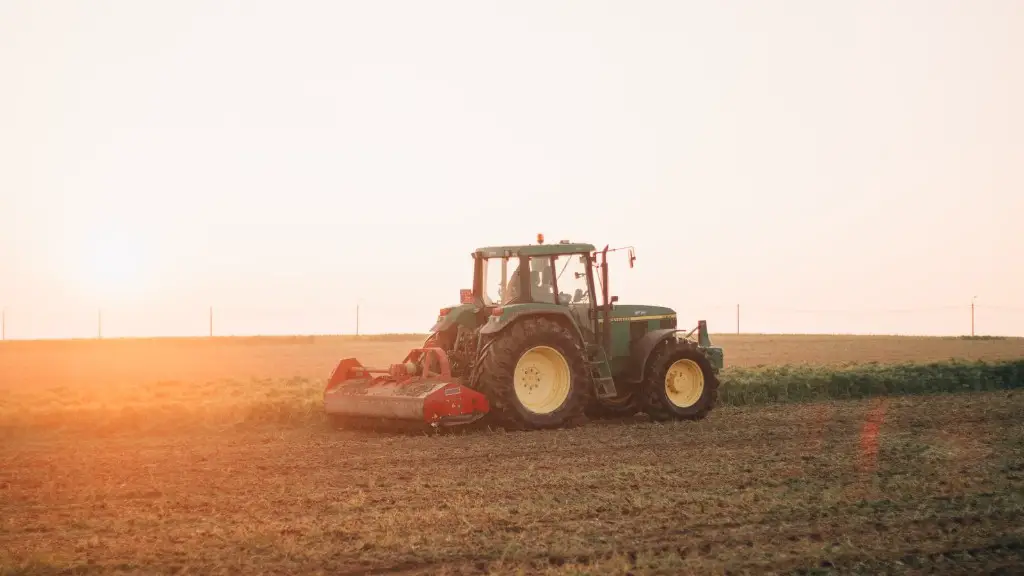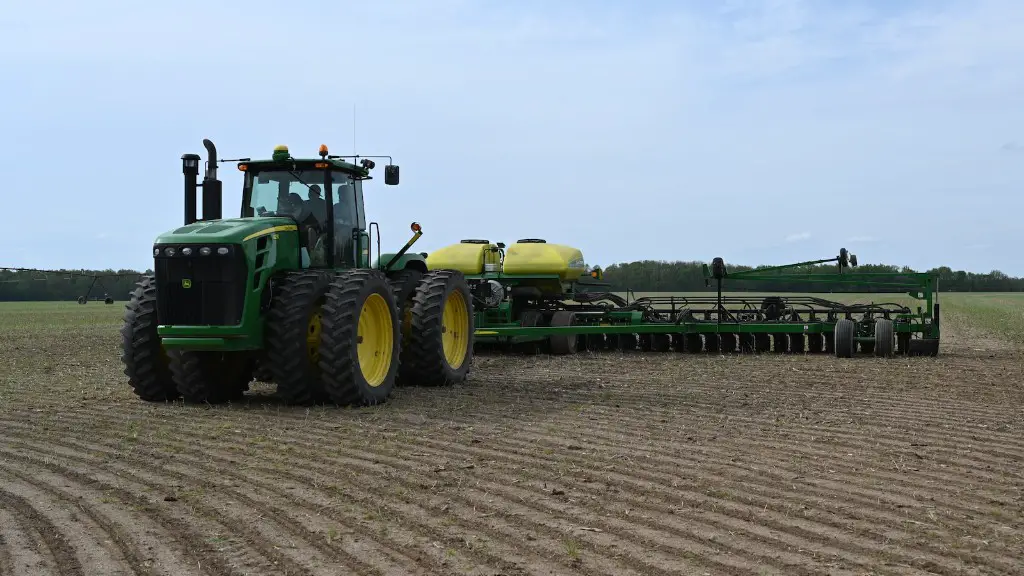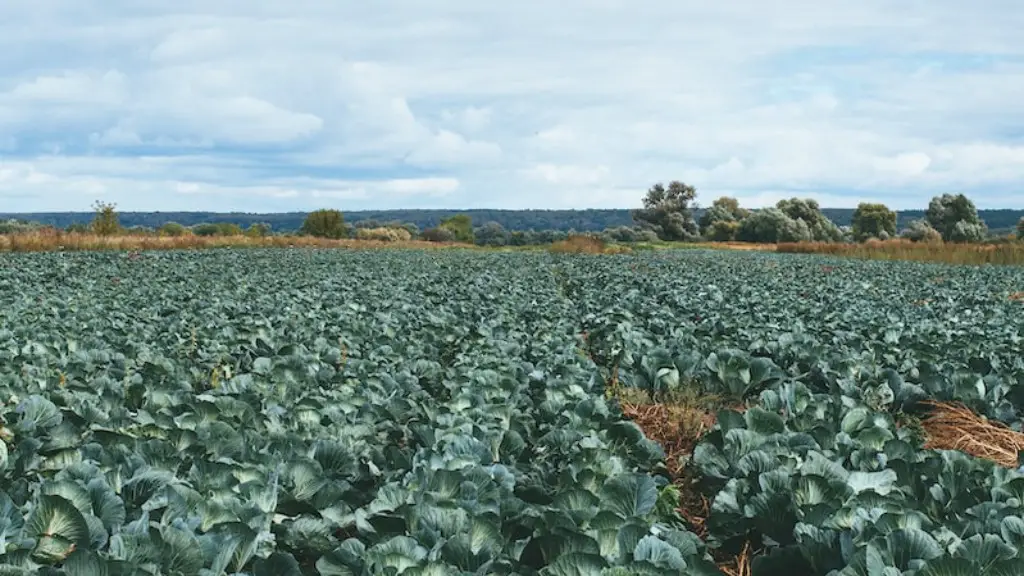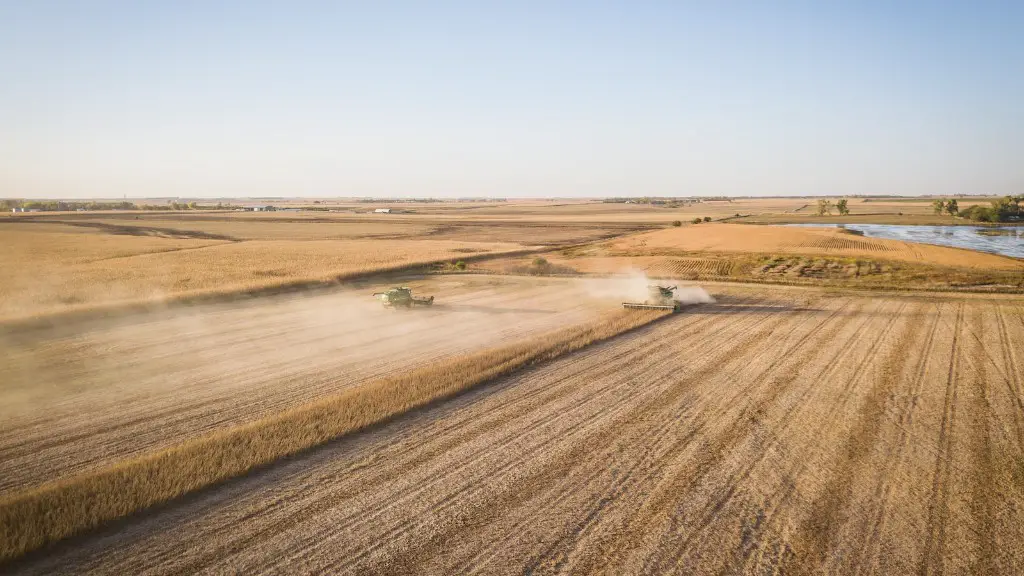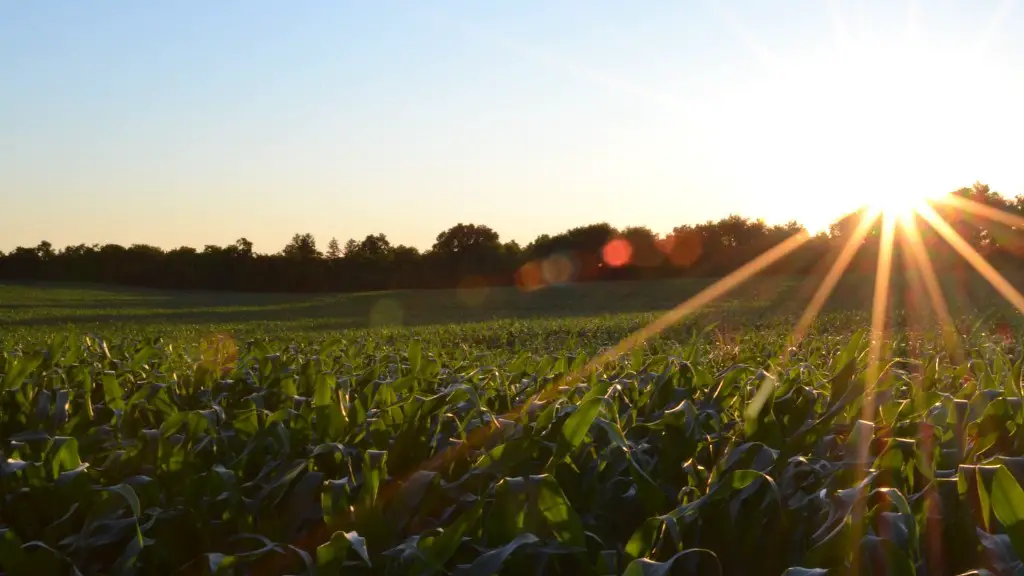The problems facing agriculture in Tanzania are many and varied. One of the most significant is the low level of productivity, which is a result of a number of factors including small landholdings, lack of irrigation, and poor quality inputs. This has led to a vicious cycle of poverty and hunger, as farmers are unable to sell their produce for a good price and so are unable to invest in improving their land or buying better inputs. Another major problem is land degradation, as a result of unsustainable farming practices. This has led to large areas of land becoming unproductive, and has had a disastrous effect on the environment. Lastly, the sector is also beset by a number of pests and diseases, which can destroy crops and lead to losses for farmers.
It is estimated that approximately 80 percent of the population in Tanzania lives in rural areas and are involved in agriculture. The sector is important for food security, livelihoods and economic growth, yet it faces many challenges.
One challenge is the limited availability of land for agriculture. In recent decades, the population has been growing rapidly, leading to increased pressure on land resources. This has led to land degradation and soil erosion, as well as conflict over land.
Another challenge is the reliance on rain-fed agriculture. This means that farmers are vulnerable to climate variability and extreme weather events, such as droughts and floods. Climate change is likely to exacerbate these risks.
Other challenges facing agriculture in Tanzania include weak infrastructure, limited access to markets, limited access to inputs and credit, and low productivity. These challenges mean that agriculture in Tanzania faces significant hurdles in terms of achieving sustained economic growth and development.
What are the challenges in Tanzania agriculture?
The agricultural industry in Tanzania is facing a number of challenges, which include climate change and the resulting droughts, floods, and agriculture temperature shocks. In addition, there is a lack of agricultural technology, which makes it difficult for farmers to produce enough food to meet the needs of the population. These challenges need to be addressed in order to ensure that the agricultural industry in Tanzania is able to meet the needs of the people.
Despite being largely self-sufficient in food production, Tanzania farmers are facing a number of challenges due to changing climate conditions, fragmented land, reduced soil fertility, increased erosion, and lack of capital. These challenges make it difficult for farmers to produce enough food to meet the needs of the growing population. In order to address these challenges, the government and international organizations need to provide support in the form of policy changes, financial assistance, and technical assistance.
How is agriculture in Tanzania
Agriculture is the backbone of Tanzania’s economy, contributing over 50% to the country’s GDP. The sector employs over 80% of the workforce, making it the largest employer in the country. Tanzania is blessed with a diverse range of agricultural products, including livestock, staple food crops and a variety of cash crops. The sector provides a vital source of income for millions of Tanzanians and is a key driver of economic growth. The government is committed to supporting the sector and has invested heavily in initiatives to improve productivity and increase incomes for smallholder farmers. With the right policies in place, Tanzania has the potential to become a major player in the global agriculture market.
Climate change is a huge threat to farmers all over the world. With droughts, floods, and other extreme weather events becoming more and more common, farmers must adapt their practices in order to survive. One of the biggest challenges they face is water. Farming uses up a huge amount of the world’s fresh water, and as climate change causes water shortages to become more common, farmers will have to find ways to use less water. Another challenge is emissions. Agriculture, forestry, and other land use account for a huge percentage of greenhouse gas emissions, and as the world moves to try to reduce these emissions, farmers will have to find ways to produce food with fewer emissions. Finally, there is the challenge of biodiversity. As climate change causes species to go extinct, farmers will have to find ways to grow crops that are tolerant to the changing conditions.
What is the biggest problem in Tanzania?
Corruption is a central and serious challenge for Tanzania in terms of both good governance and social development. Corruption poses a significant obstacle to effective governance and service delivery, and undermines public trust and confidence in government. It also contributes to socio-economic inequality and social exclusion. Tanzania has made some progress in recent years in addressing corruption, but more needs to be done to effectively tackle this problem.
The US farm economy is expected to be influenced by several factors in 2022. Firstly, supply chain shortages and bottlenecks are expected to continue, which will have an impact on prices and availability of goods. Secondly, inflation is expected to rise, which will increase costs for farmers. Thirdly, interest rates are expected to rise, which will increase the cost of borrowing for farmers. Fourthly, severe weather is expected to impact crop yields. Fifthly, federal spending on agriculture is expected to decrease. Sixthly, new trade deals are expected to impact the export market for US farmers. Finally, new legislation is expected to impact the industry, including the implementation of a new farm bill.
What does Tanzania lack?
The statistics on access to drinking water and electricity in Tanzania are sobering. Out of the general population, 292% have no access to standard drinking water and 443% have no access to electricity. These numbers represent a significant portion of the population that is living in poverty. Tanzania is seeing a steady reduction in overall poverty, but has experienced slow economic growth among its poorest populations in the last decade. The Slow Economy has made it difficult for the poorest populations to improve their standard of living. In order to address this issue, Tanzania must focus on growing its economy as a whole. Economic growth will create jobs and opportunities for all Tanzanians, including the poorest populations. Only by growing the economy can Tanzania hope to reduce poverty and improve access to basic services like drinking water and electricity.
The prolonged dry spells and erratic rainfall have led to a below-average harvest in Tanzania, resulting in food insecurity for many people in the country. More than 62,000 livestock have been lost, exacerbating the problem. The government is working to address the issue, but it will take time and resources to recover from the damage that has been done. In the meantime, people in Tanzania will need assistance in order to access food and meet their basic needs.
How does climate change affect agriculture in Tanzania
With the projected temperature increase in Tanzania, there could be an increase in pests, parasites, crop and livestock diseases, and different types of weeds. This could have a negative impact on the agricultural sector in Tanzania. Farmers may need to use more pesticides to control the pests and diseases, which could lead to higher costs. Weeds could also compete with crops for water and nutrients, leading to lower yields.
It is clear that agriculture is a vital part of the Tanzanian economy, with a large proportion of households and jobs being reliant on the sector. Smallholder farmers play a key role in producing the agricultural output for the country, and it is therefore essential that they are supported in order to maintain and improve food security in Tanzania.
What are agricultural strategies in Tanzania?
The Agricultural Growth and Poverty Reduction Strategy (AGPRS) is in line with the National Development Strategy II (NDSII) 2016/17 – 2025/26 and the National Five Year Development Plan II (NFYDP II) 2016/17 – 2020/21. The goal of the strategy is to contribute to Tanzania’s national economic growth and poverty reduction (Vision 2025/LTPP) by: promoting inclusive and sustainable agricultural growth; reducing rural poverty by 2025/26); improving food and nutrition security (reduce % of rural HHs below food poverty line by 2025/26).
Tanzania is aiming to improve the capacity of rural areas to meet the growing urban food demand. The government is working on various initiatives to connect rural farmers with urban consumers, as well as to increase production in the smallholder farming sector. However, there are still many challenges that need to be addressed in order to ensure food security for all.
What are the three main problems for agriculture
Unemployment, waterlogging in wetland areas, salinity in arid and semi-arid areas, acidity in high rainfall areas, pests (like weeds, diseases, and insects), and erratic rainfall distribution are the common problems in the country’s agriculture. In addition, the country’s agriculture highly depends on rain-fed.
It is becoming increasingly difficult for farmers to accurately predict what the weather will be like from one season to the next, let alone plan their cultivation schedule around it. This inconsistency and unpredictability has led to drought in some areas, and tremendous loss of good soil and crops in others due to flooding and other harmful effects of climate change.
What are three major issues in agriculture today?
Environmental issues can have a big impact on farmers’ profits and productivity. Soil quality, water quality, climate, and terrain can all affect how much a farmer can grow. Some environmental issues, like droughts or flooding, can be out of a farmer’s control. But there are often things farmers can do to help mitigate the impacts of environmental issues, like using drought-resistant seeds or planting cover crops. By being aware of the potential environmental impacts on their business, farmers can be better prepared to face them.
Overgrazing and unsustainable range management are serious problems that can have a negative impact on the environment. Large cattle size and many goats may be a blessing for farmers, but when their numbers exceed the area’s natural carrying capacity, this can turn to a serious disadvantage. Pollution and illegal wildlife exploitation are also serious issues that need to be addressed in order to protect the environment.
What is the main cause of poverty in Tanzania
There are multiple reasons why the largest East African country is in such despair, such as food scarcity, poor access to education and inadequate health care access. The government needs to take action to improve the situation. The people of the country also need to be more proactive in taking care of their own health and education.
These are some of the most common health problems in developing countries. They are all preventable and treatable, but many people do not have access to the necessary medical care. In some cases, traditional beliefs and practices can make these conditions worse. For example, diarrhea is often seen as a punishment from God and is therefore not seen as a medical condition that needs to be treated. This can lead to dehydration and death. Similarly, stroke is often seen as a sign of evil spirits, and people may not seek medical help. These beliefs need to be changed in order for people to get the treatment they need.
Final Words
The problems facing agriculture in Tanzania are:
-Lack of irrigation facilities, which leads to farmers being reliant on rainfall, which can be unreliable.
-Soil fertility decline, due to inappropriate farming practices and limited use of fertilizers.
-Lack of access to markets, which limits farmers’ ability to sell their produce.
-Lack of credit and other financial services, which limits farmers’ ability to invest in their farms.
-Low productivity, due to outdated farming methods and limited use of technology.
Agriculture in Tanzania is facing a number of problems, including low crop yields, a lack of access to markets and capital, and a lack of technological innovation. These problems are compounded by a number of environmental challenges, such as soil degradation, water shortages, and climate change. While the government has taken some steps to address these challenges, much more needs to be done in order to ensure the long-term viability of agriculture in Tanzania.
